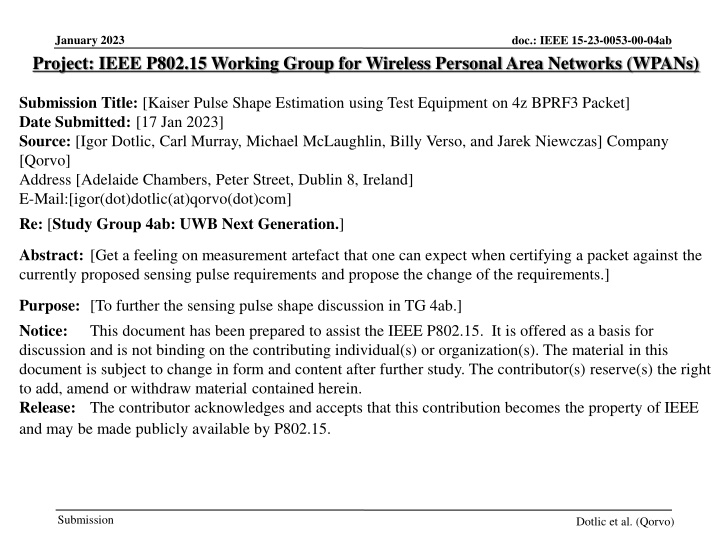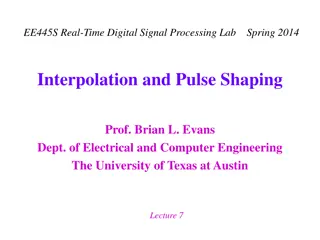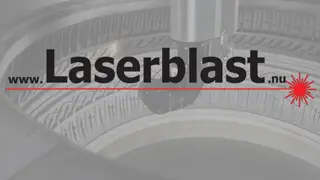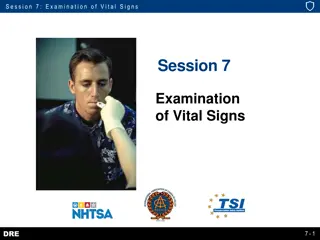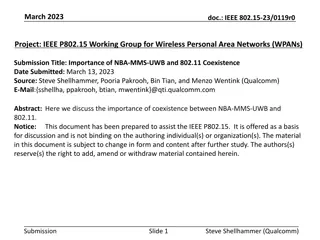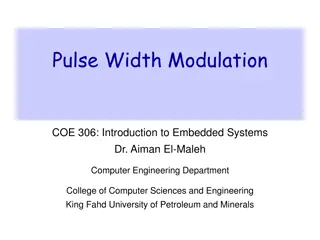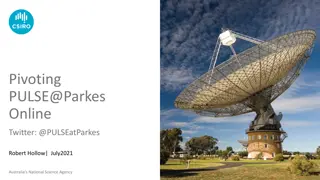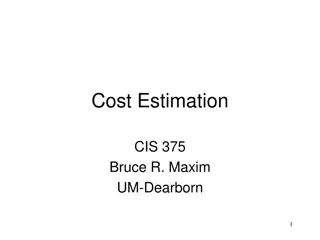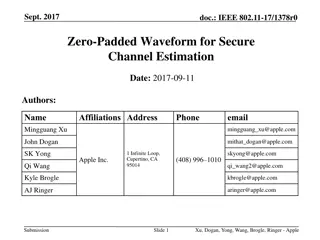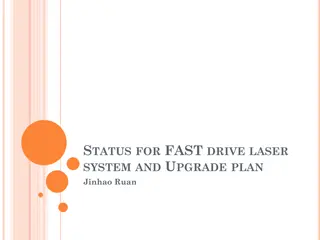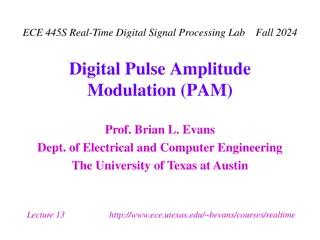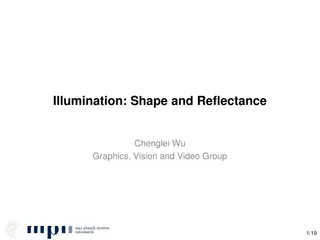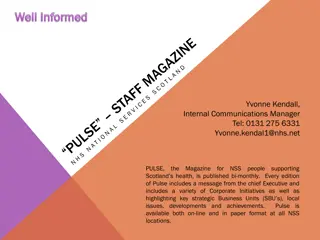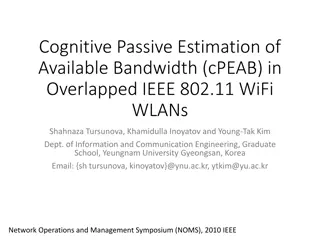Kaiser Pulse Shape Estimation Study in IEEE WPAN Working Group
Discussing the evaluation of sensing pulse requirements for certifying packets in IEEE's WPAN Working Group. The study aims to minimize measurement artefacts and proposes adjustments to pulse shape requirements based on test equipment results. Key observations include asymmetry in the main lobe and recommendations for margin adjustments in time and cross-correlation domains.
Download Presentation

Please find below an Image/Link to download the presentation.
The content on the website is provided AS IS for your information and personal use only. It may not be sold, licensed, or shared on other websites without obtaining consent from the author.If you encounter any issues during the download, it is possible that the publisher has removed the file from their server.
You are allowed to download the files provided on this website for personal or commercial use, subject to the condition that they are used lawfully. All files are the property of their respective owners.
The content on the website is provided AS IS for your information and personal use only. It may not be sold, licensed, or shared on other websites without obtaining consent from the author.
E N D
Presentation Transcript
January 2023 Project: IEEE P802.15 Working Group for Wireless Personal Area Networks (WPANs) doc.: IEEE 15-23-0053-00-04ab Submission Title: [Kaiser Pulse Shape Estimation using Test Equipment on 4z BPRF3 Packet] Date Submitted: [17 Jan 2023] Source: [Igor Dotlic, Carl Murray, Michael McLaughlin, Billy Verso, and Jarek Niewczas] Company [Qorvo] Address [Adelaide Chambers, Peter Street, Dublin 8, Ireland] E-Mail:[igor(dot)dotlic(at)qorvo(dot)com] Re: [Study Group 4ab: UWB Next Generation.] Abstract: [Get a feeling on measurement artefact that one can expect when certifying a packet against the currently proposed sensing pulse requirements and propose the change of the requirements.] Purpose: [To further the sensing pulse shape discussion in TG 4ab.] Notice: This document has been prepared to assist the IEEE P802.15. It is offered as a basis for discussion and is not binding on the contributing individual(s) or organization(s). The material in this document is subject to change in form and content after further study. The contributor(s) reserve(s) the right to add, amend or withdraw material contained herein. Release: The contributor acknowledges and accepts that this contribution becomes the property of IEEE and may be made publicly available by P802.15. Submission Dotlic et al. (Qorvo)
January 2023 doc.: IEEE 15-23-0053-00-04ab Kaiser Pulse Shape Estimation using Test Equipment on 4z BPRF3 Packet Submission Dotlic et al. (Qorvo) Slide 2
January 2023 doc.: IEEE 15-23-0053-00-04ab Introduction Motivation Get a feeling on measurement artefact that one can expect when certifying a packet against the currently proposed sensing pulse requirements. Using the currently proposed reference pulse to see how an ideal implementation would perform. Using a high-end packet generator. Able to produce a packet with a required pulse shape easily. A part of the testing equipment. Minimize influence of packet non-idealities such as phase errors, timing errors, and amplitude errors on the pulse shape estimation. Submission Dotlic et al. (Qorvo) Slide 3
January 2023 doc.: IEEE 15-23-0053-00-04ab Results Submission Dotlic et al. (Qorvo) Slide 4
January 2023 doc.: IEEE 15-23-0053-00-04ab Conclusions Observations The main lobe is somewhat asymmetrical; almost enough to touch the mask. The level of the pre-cursor is at the mask edge and does not depend on the impedance matching. The level of post-cursors is always higher than the proposed margin and dependent on the impedance matching, i.e., reflections on the cable. Suggestions Similar results from other parties are encouraged. Increase the margin for the post-cursors, both in time and cross- correlation domains. Consider increasing the margin for the pre-cursors. Loose the main lobe pinching point: C:(Tw3 /2,y2). Higher pulse correlation requirement is generally acceptable, but the value should be carefully chosen. Submission Dotlic et al. (Qorvo) Slide 5
